Poaching is the illegal taking and killing of animals. It is a cruel and destructive criminal activity that is decimating the planet’s wildlife and severely damaging ecosystems to the point of collapse. Along with the illegal wildlife trade, it has played a significant role in the decline of wild cat populations worldwide and in the extinction of several wild cat species and subspecies.
In most countries, hunting is a heavily regulated activity.
Types of illegal hunting (poaching) laws include:
- Killing an endangered or otherwise legally protected animal
- Taking a legally protected animal and selling it
- Using an illegal weapon to kill an animal
- Killing an animal any time outside of the regular hunting season
- Killing an animal without a license
- Violating hunting restrictions on the number of animals that can be killed
- Taking or killing an animal on private or restricted property
- Using the wrong type of weapon to kill an animal
- Hunting an animal with an aircraft or moving vehicle
- Shooting an animal in a confined area, also called canned hunting
- Killing an animal that a researcher has tagged
Despite an abundance of national and international regulations, the illegal wildlife trade has grown into a billion-dollar industry. Wild cats are still being killed in large numbers for their fur and body parts or just for sport. They are often found on lists of the most poached wild animals, along with elephants, rhinos and pangolins.
Research, references and quotes
“A tiger fetches slightly less than a white rhino in the illegal trade of species. And yet, the star product of the illegal slaughter of these beautiful animals, the penis, is the most valuable in the illicit trade: $473,506 per kilo, 12 times more expensive than gold. As in the case of rhino horn, traditional Asian medicine has also been the classic market for tiger penis for its fictitious ability to increase sexual potency, but in practice it is often consumed as a culinary delicacy in the form of soup, fetching up to $400 a bowl. Other parts of these animals are also used for a variety of purposes—bones are highly prized at $27,102 per kilo—and it is estimated that 3,900 of these creatures survive in the wild.” – OpenMind

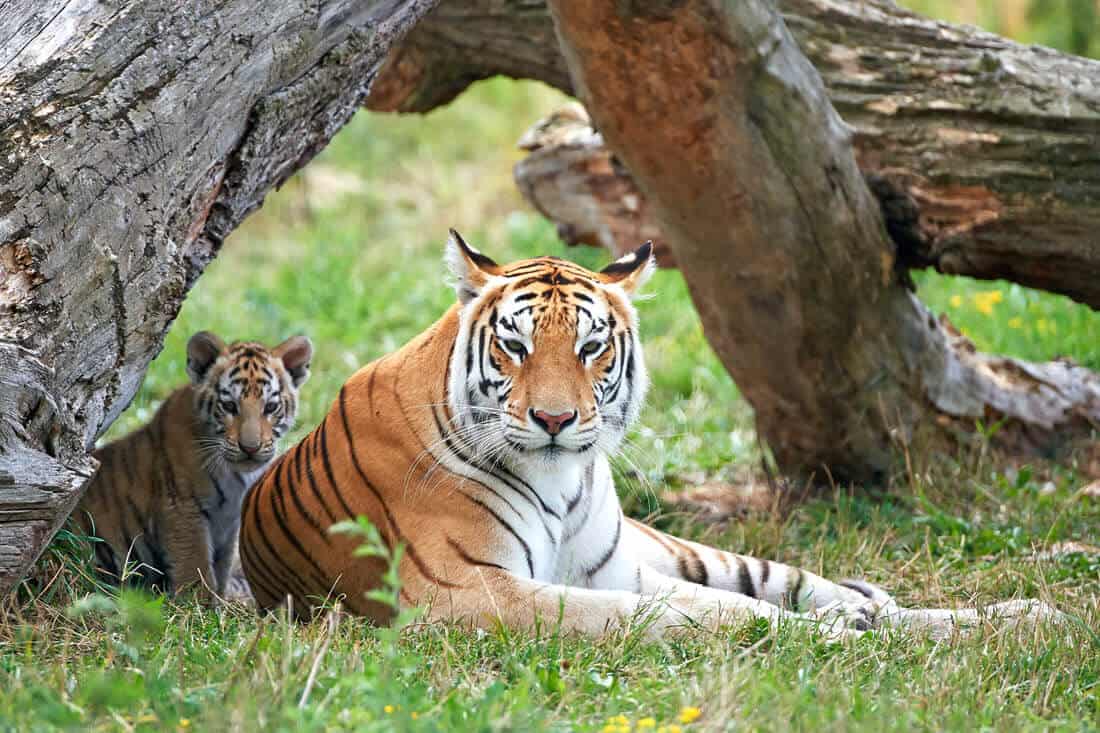

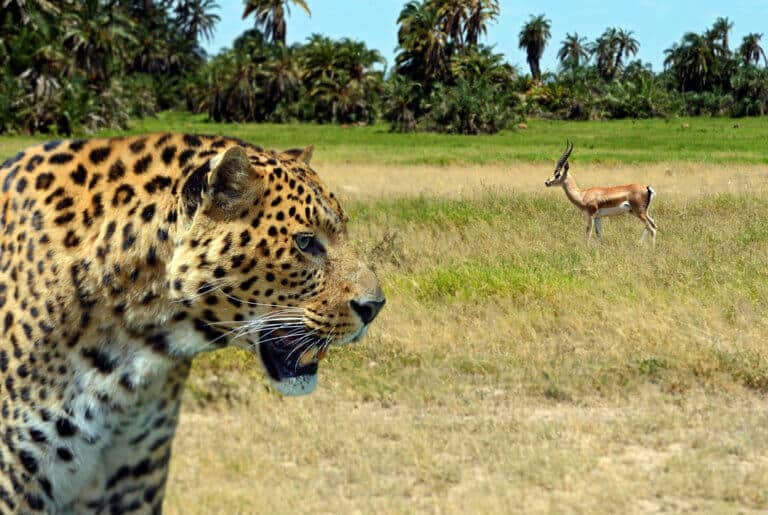
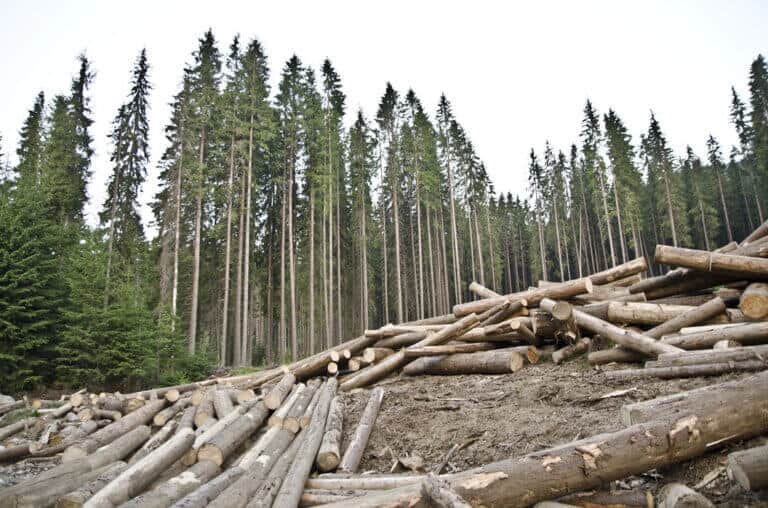
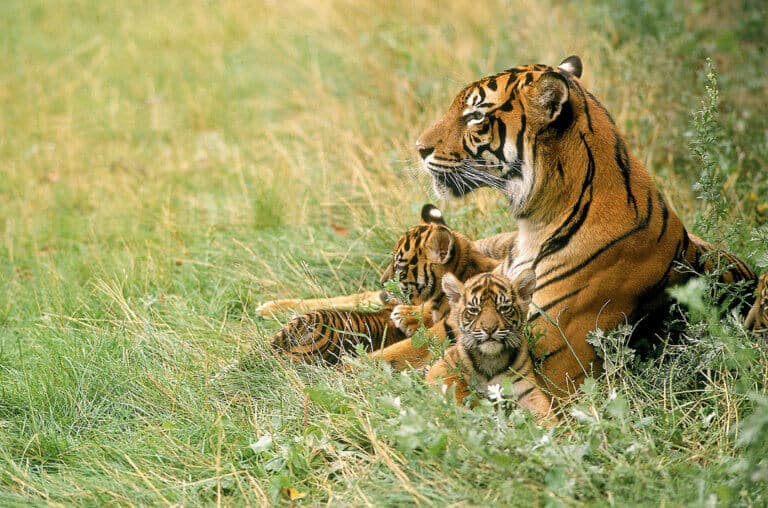
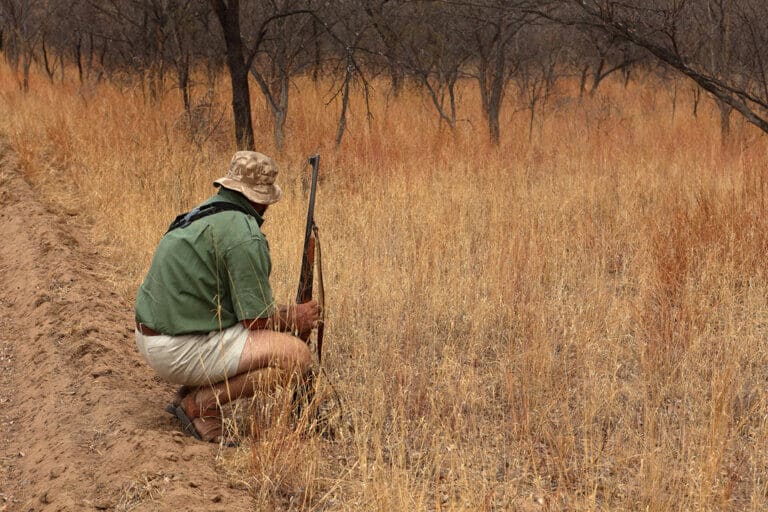
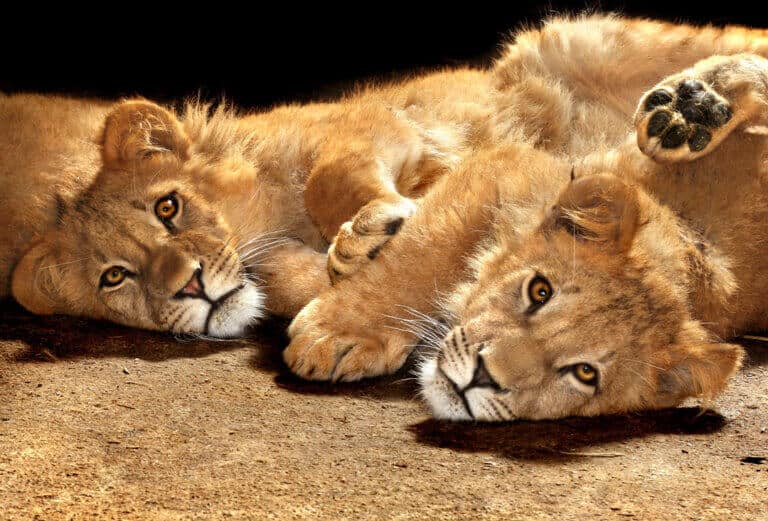
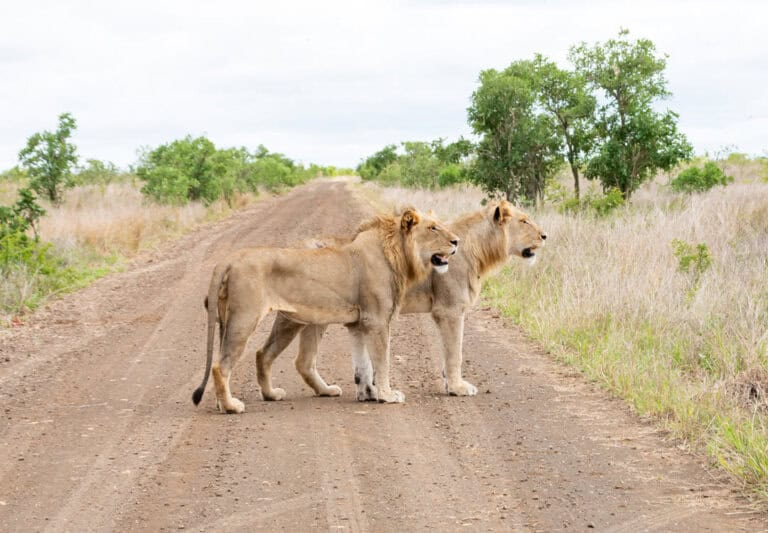
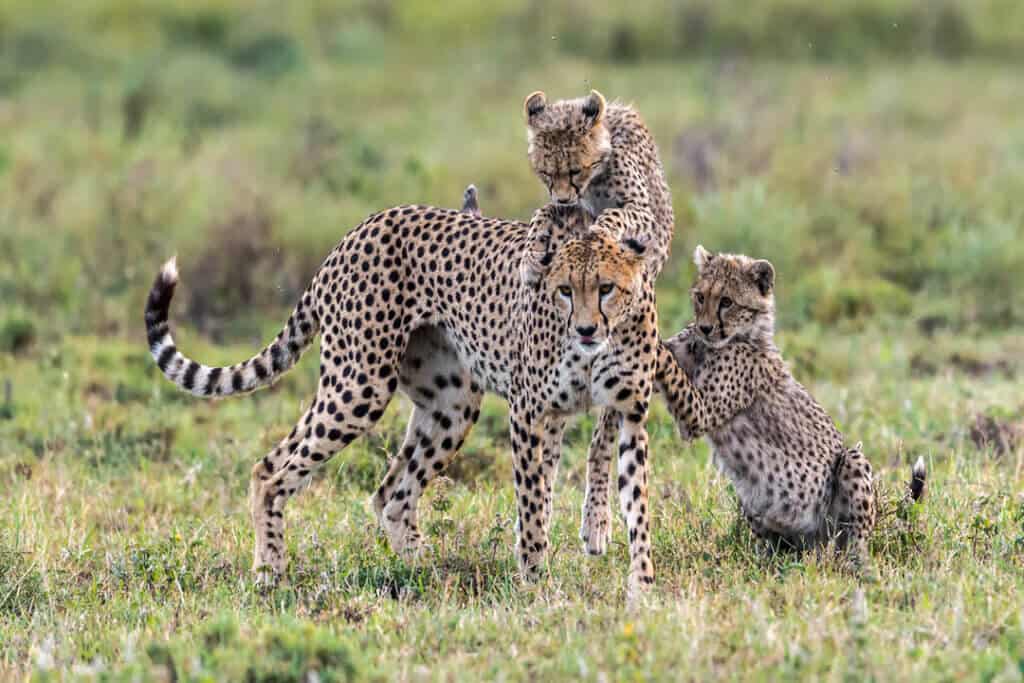

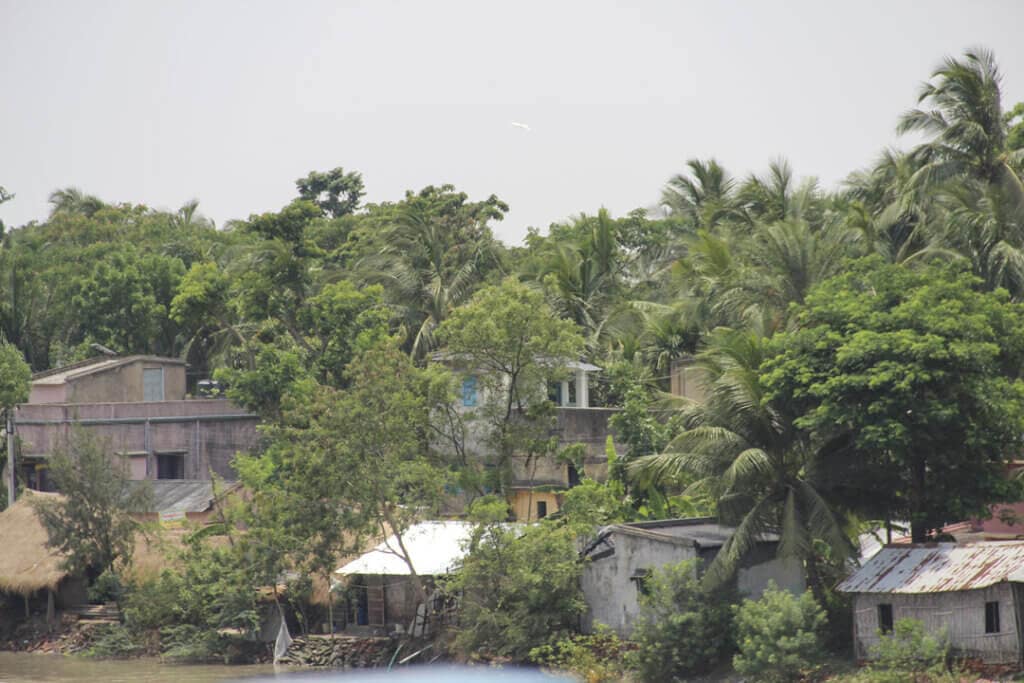
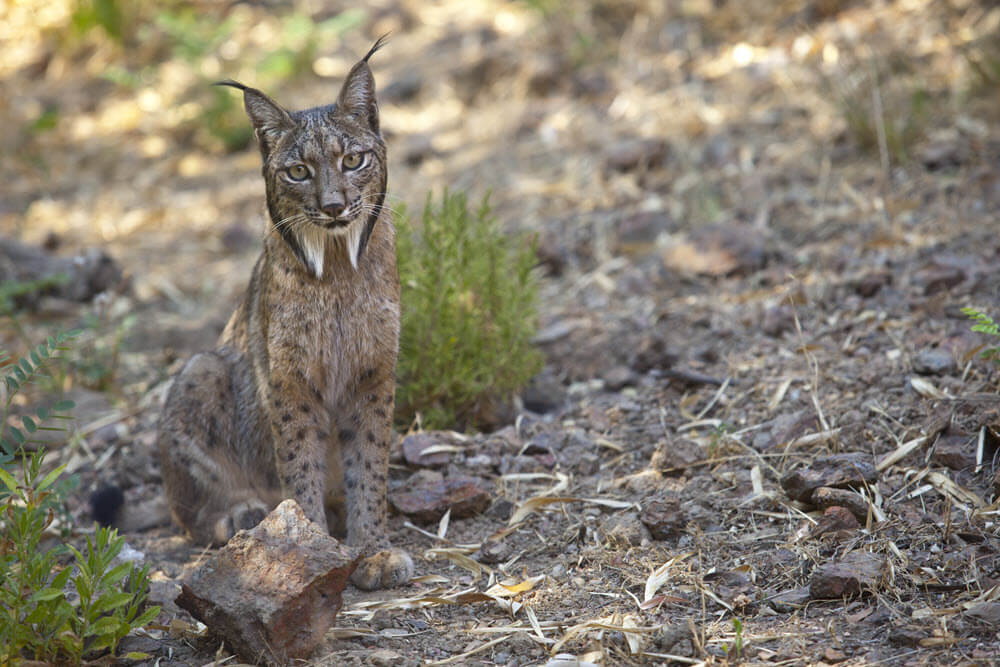
0 Comments